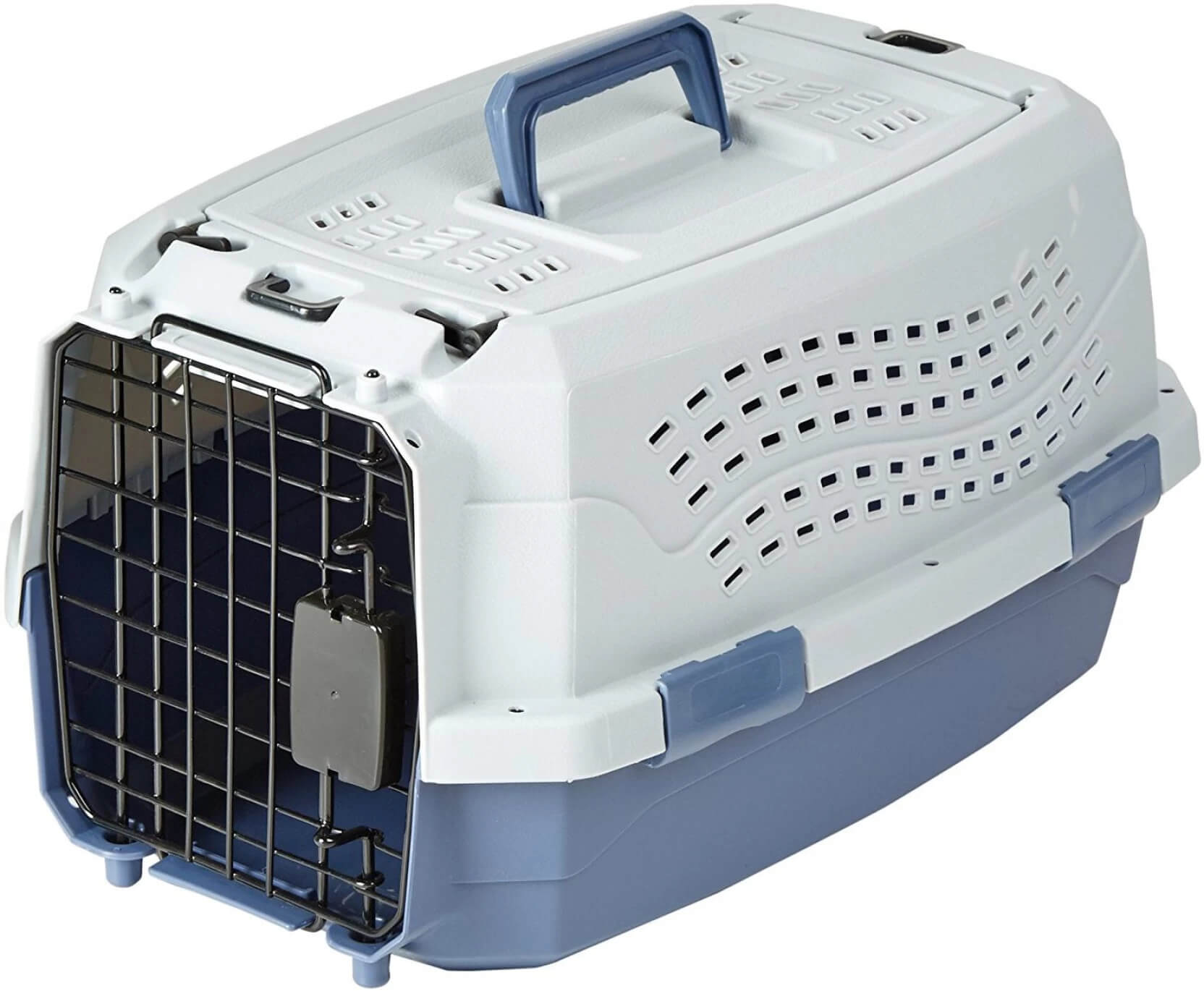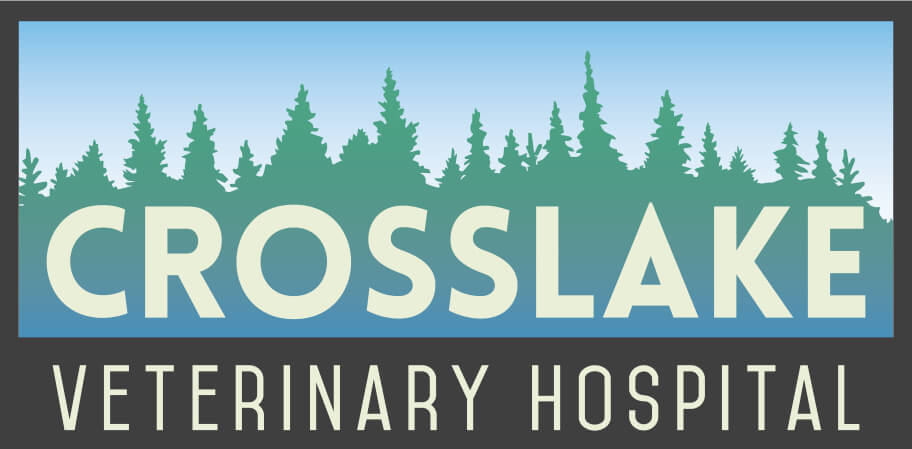Traveling With Your Cat:
-
Always travel with your cat safe inside a carrier for their own safety.
-
Turn their carrier into their favorite spot in your house by placing it in a room they enjoy spending time in and filling it with familiar/cozy bedding. This helps to decrease the fear associated with the carrier.
-
Keep the carrier covered with a blanket or towel when you leave the house to reduce excessive visual stimulation, and carry the carrier from the bottom, not the handle, to reduce jostling your cat around while walking.
-
When traveling in the car, keep the carrier on the floor of the car behind the driver or passenger seat for optimal safety.
-
When you arrive at the destination, keep the carrier up off the floor to prevent curious animals from approaching and causing more stress.
-
Following the appointment, follow the same recommendation for traveling home.
-
If you have other animals at home, the returning cat can smell unfamiliar and seem like a stranger. Leave your cat in the carrier for a few minutes to see how the other animals react. If there's no negative reactions like hissing, growling or fleeing, open the carrier and continue to monitor all behavior for the next 1-2 days.
-
If there is any hissing, growling, or fleeing, place the cat in the carrier in a closed room with all of their resources (bedding, litterbox, food, water, and toys). Keep the cat separated and follow introduction/reintroduction protocols until there are no more negative reactions.
-
It may take some time for cats to begin to groom and sleep together following a vet visit.
-
If you have multiple cats, combined vet visits may be beneficial and reduce any unfamiliar stress when returning home.
Getting your cat to the veterinarian
https://catfriendly.com/be-a-cat-friendly-caregiver/getting-cat-veterinarian/
Once you arrive at Crosslake Veterinary Hospital, check in at the reception desk. If your exam room is not immediately available, you will be guided to proceed to the most secure area of the lobby to keep your cat feeling protected. Select one of the fleece carrier-covers from our supply basket, spray the fabric with Feliway pheromones, and use the fleece cover to drape over your cat’s carrier.
Use an open chair or bench to set the carrier on, and face your cat away from any other visible pets. As soon as your specific exam room is ready, you will be directly escorted into an enclosed space with your cat.
An ideal carrier includes
-
Two entrances, ideally one side and top.
-
Doors that close securely.
-
Stable floor that doesn't bow with cat's weight.
-
Easily cleaned.
-
Adequate ventilation.
A hard plastic carrier is the safest and easiest to clean compared with other carrier types.
If the carrier is a hard material, ensure that the mechanisms keeping the top and bottom together are quick release action. Some carriers will have screws and wingnuts that hold the two together and are time consuming and noisy to remove.
We recommend a carrier that can will be used within the house as a hiding spot/sleeping location for the cat to become accustomed to it. So choose a carrier that you don't mind seeing daily.


Things to avoid
-
Cat bags. These provide no protection to your cat and cause more unnecessary stress.
-
Cat backpacks. While very cute, they often are not large enough for a cat to lay down comfortably, and are usually made with clear plastic for viewing both inside and outside which can be very stressful. Unless your cat is accustomed to frequently traveling, avoid these types.
-
Wheeled carrier. Any carrier that has wheels and is meant to be rolled around should be avoided. The close proximity to curious canines and very jostling movement will cause more stress.
https://catfriendly.com/be-a-cat-friendly-caregiver/cat-carriers/

